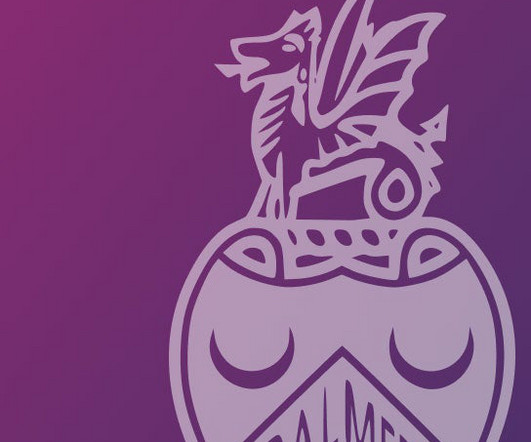Heat vs. Cold Therapy: Which is Best for Musculoskeletal Injuries
ChiroUp
NOVEMBER 14, 2024
22) When to Use Heat Therapy Lower Back Pain : Heat therapy is recommended for managing non-specific low back pain in acute, sub-acute, and chronic phases. Clinical practice guidelines from the Annals of Internal Medicine support heat therapy for reducing pain and improving function across these stages. (26)














Let's personalize your content